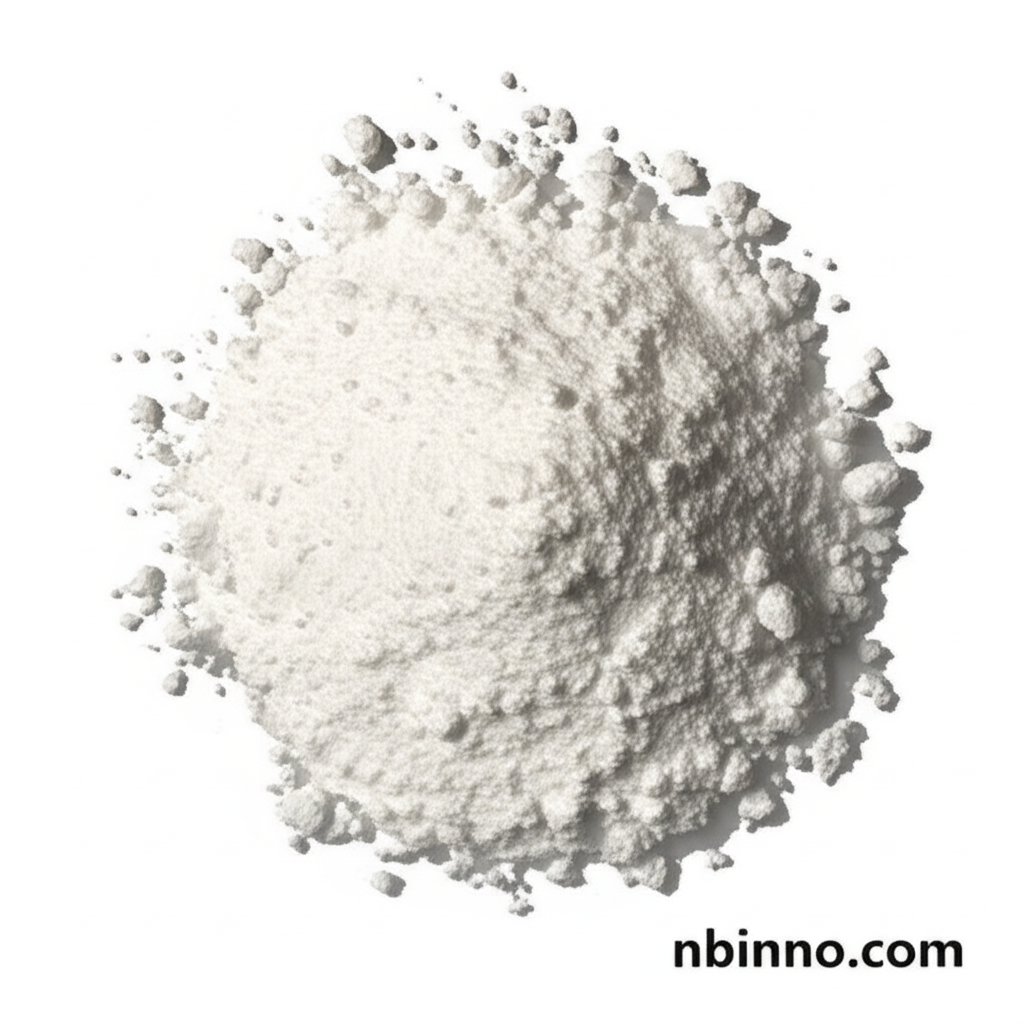(4-aminophenyl) 4-aminobenzoate: A Key Intermediate for Innovation
Unlock new possibilities in material science and drug discovery with this high-purity aromatic ester.
Get a Quote & SampleProduct Core Value

(4-aminophenyl) 4-aminobenzoate
This bifunctional organic intermediate, known as (4-aminophenyl) 4-aminobenzoate (CAS 20610-77-9), stands out due to its high purity and unique molecular structure. It serves as a critical building block in various cutting-edge applications, offering a stable foundation for complex syntheses and material development.
- Explore the synthesis of advanced materials by leveraging (4-aminophenyl) 4-aminobenzoate intermediates. This compound's distinct properties make it ideal for creating novel polymers and functional materials.
- Discover the benefits of purchasing high-purity (4-aminophenyl) 4-aminobenzoate for your research needs. Consistent quality ensures reliable results in demanding applications.
- Understand the critical role of (4-aminophenyl) 4-aminobenzoate in pharmaceutical synthesis. Its structure facilitates the development of new therapeutic agents.
- Investigate the potential of covalent organic framework precursors like (4-aminophenyl) 4-aminobenzoate. Its reactive amine termini are key to building these intricate structures.
Key Advantages of Using This Intermediate
Enhanced Material Properties
The conjugated aromatic system and reactive amine groups of (4-aminophenyl) 4-aminobenzoate are essential for developing photoactive materials and liquid crystal polymers, contributing to enhanced performance characteristics.
Reliable Synthesis Pathways
With its defined purity and crystalline structure, this compound ensures reproducibility in organic synthesis, a crucial factor when working with complex molecular architectures.
Versatile Application Potential
From pharmaceutical intermediates to precursors for covalent organic frameworks (COFs), the broad applicability of (4-aminophenyl) 4-aminobenzoate makes it a valuable asset in diverse chemical research and development projects.
Key Applications
Pharmaceutical Synthesis
Serve as a crucial scaffold in the development of novel drug candidates, leveraging its bifunctional nature for intricate molecular designs and targeting specific biological pathways.
Polymer Modification
Facilitate advanced polymer modification by introducing specific functionalities, enhancing properties like thermal stability, optical characteristics, or chemical reactivity.
Advanced Material Research
Act as a foundational component in creating advanced materials such as photoactive substances, liquid crystal polymers, and covalent organic frameworks (COFs), pushing the boundaries of material science.
Organic Chemistry Building Block
Its versatile structure and reactive amine termini make it an indispensable building block for a wide array of organic synthesis reactions, enabling the creation of complex organic molecules.
